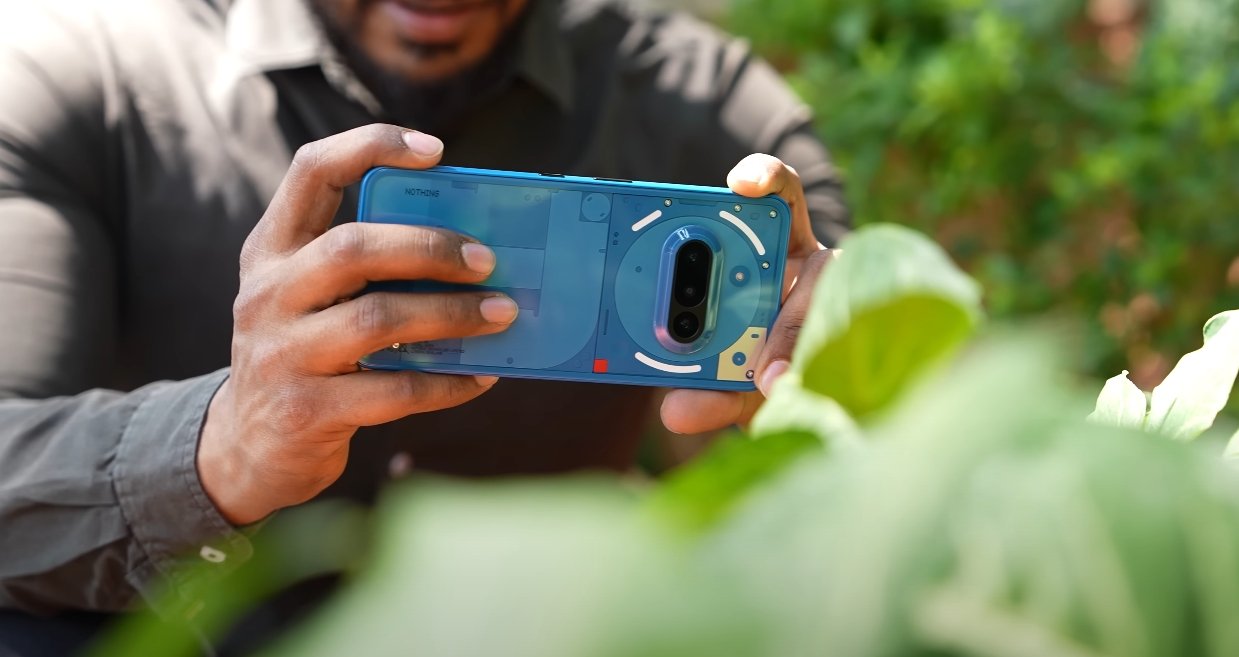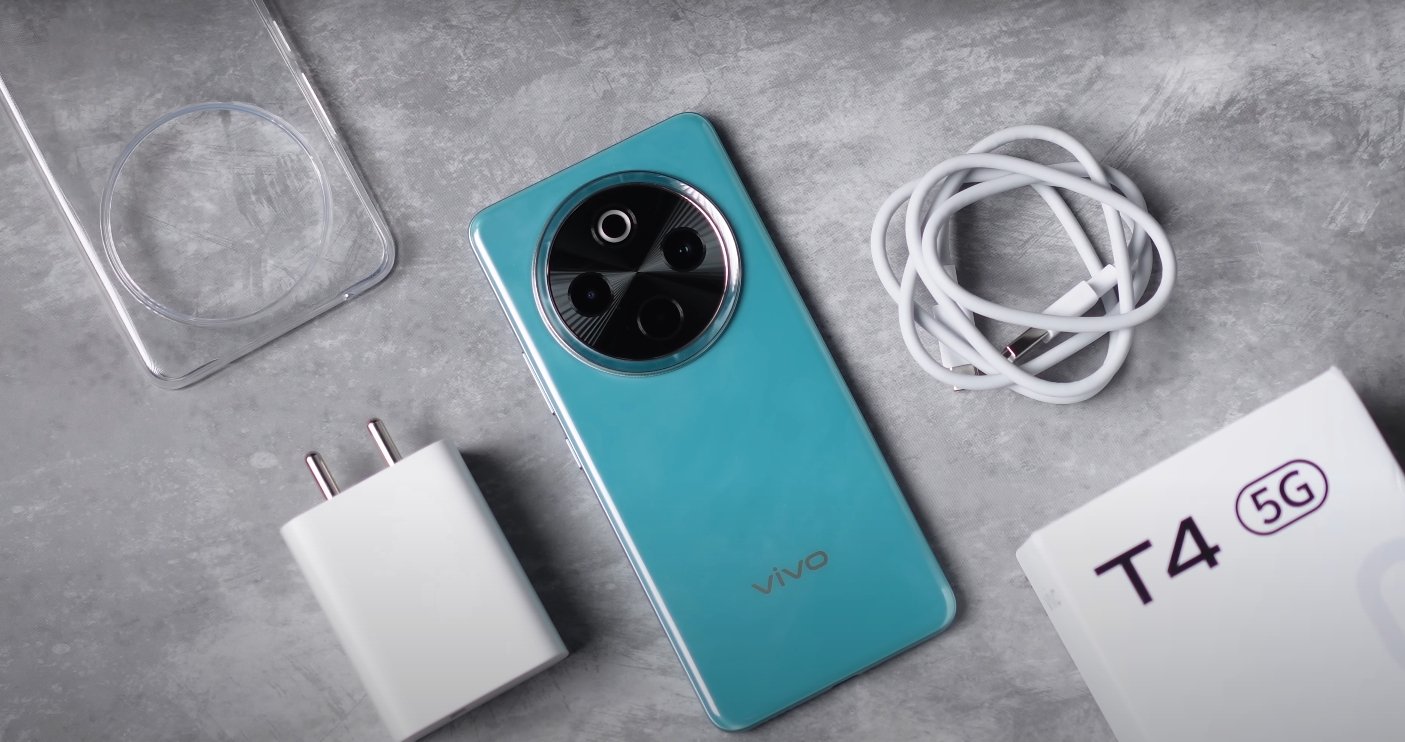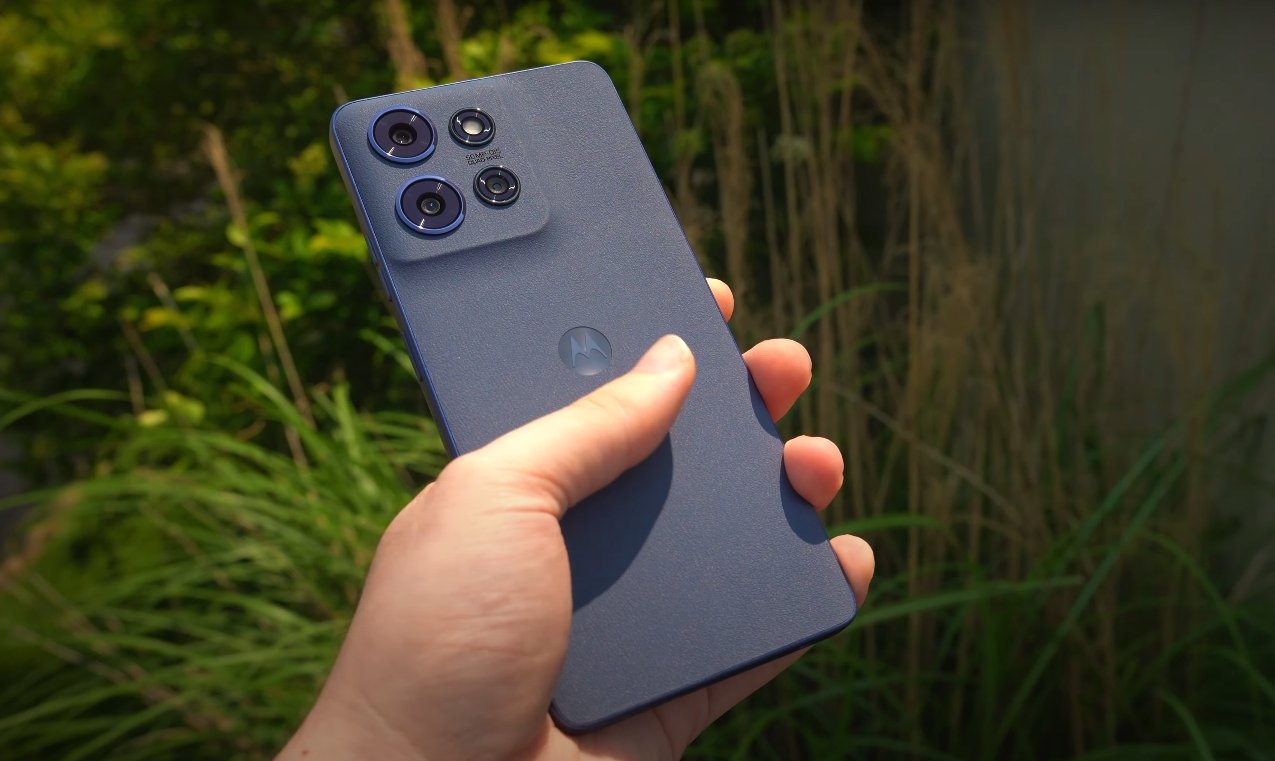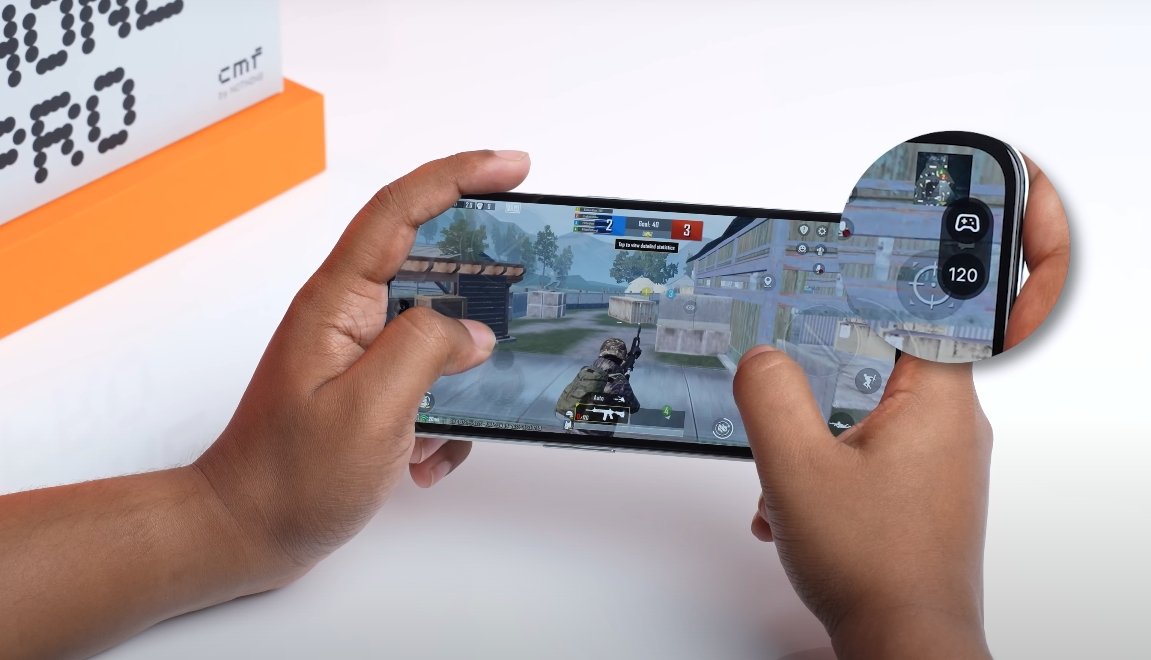How well do biometric security methods perform on the 3A Lite?
The Nothing Phone 3A Lite is shaping up to deliver a refined smartphone experience, and a key component of that is how quickly and reliably users can unlock their devices. Based on early hands-on previews, leaks, and comparisons to prior Nothing phones, both fingerprint and face unlock performance show strengths in typical scenarios—with a few caveats when conditions get challenging.
The in-display fingerprint sensor on the 3A Lite is expected to be optical and placed near the lower mid-region of the screen. In well-lit conditions with clean fingers, the sensor responds quickly—unlocking the device in under half a second in most cases. The 3A Lite’s touch responsiveness and smooth interface help mask any slight processing delay, making the experience feel seamless for everyday use. Users report that unlocking in apps or on the lock screen feels fluid, with minimal lag.
One advantage of the 3A Lite’s fingerprint system is its ability to reliably recognize registered fingers even if your hand isn’t perfectly aligned. The sensor tolerates slight off-center touches and curved placement, which helps in real-life usage when you’re fumbling with a soft grip. The system seems to learn small positional differences over time, improving in accuracy with continued use. A few early users mentioned that registering the same finger from multiple angles (e.g. rotating the finger during setup) enhances success rates, and this is a reasonable workaround when setting it up.
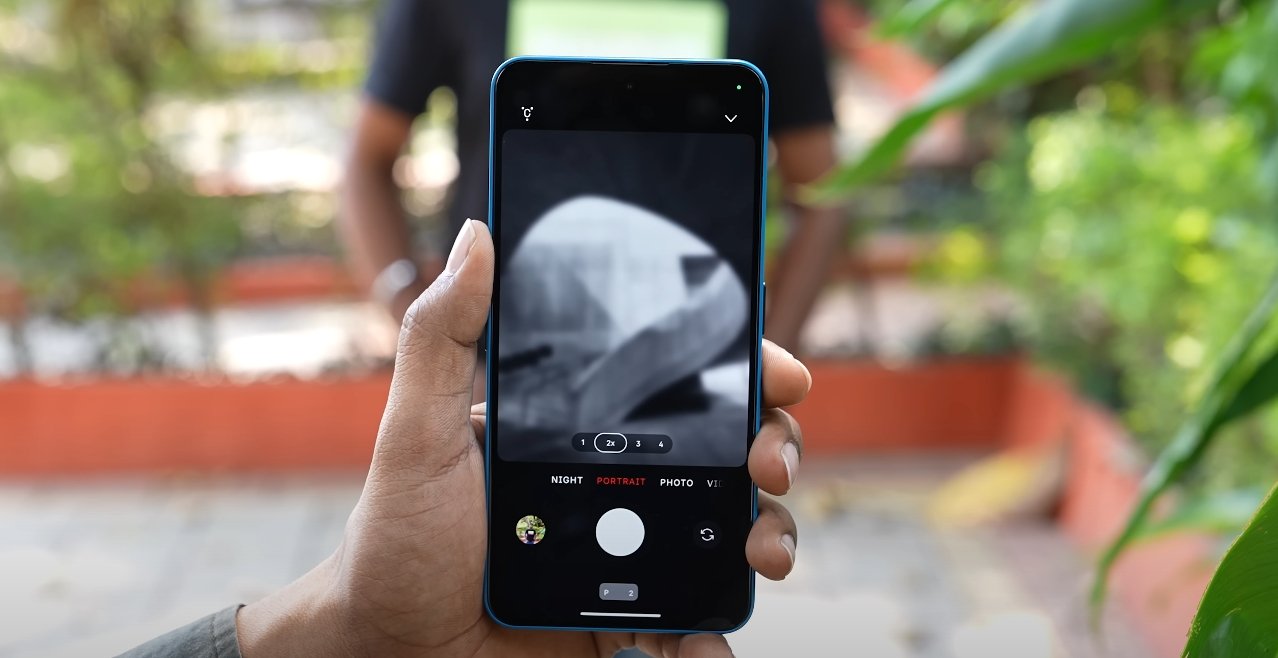
However, under certain conditions—very low ambient light, having wet or slightly greasy fingertips, or when the finger is extremely cold—the fingerprint sensor shows occasional delays or failures to register. In some tests, users needed to re-tap once or twice, but success generally occurred on the second try. While this isn’t ideal, it’s not uncommon for midrange under-display sensors. The fallback to PIN or pattern remains quick and smooth.
Face unlock is supported as a secondary option. It is software-based and relies on the front camera, meaning it offers convenience more than hardcore security. In bright or moderate lighting, face unlock works reliably: the phone recognizes the user quickly as you bring it up—usually within a second. The transition feels natural, especially when combined with graphic animations or a smooth transition into the home screen. For users who prefer hands-free use or frequently unlock while walking, face unlock adds useful flexibility.
In dim lighting or when wearing glasses or masks, face unlock struggles somewhat. It may require additional time to adjust or fail to detect the face entirely, prompting fallback to the fingerprint scanner or PIN. This is typical for camera-based face unlock systems that lack dedicated IR or depth sensors. In indoor low light, users sometimes note that they must hold the phone a little closer or angle it more precisely.
Comparison of the two reveals trade-offs: fingerprint is faster, more reliable in diverse lighting, and more secure (given physical contact), while face unlock is convenient for hands-free access but less reliable in challenging conditions. Many users prefer to enable both and fall back on fingerprint when face detection fails. The combination gives flexibility without compromising basic usability.
One interesting nuance: when the phone is placed flat on a table, face unlock sometimes triggers more reliably than reaching underneath for a registered finger. In that scenario, if lighting is adequate, face unlock becomes more practical. But it’s less dependable when the phone is in a pocket, bag, or tilted away from your face. Users report that combining both biometrics covers most daily scenarios effectively.
Overall, the Nothing Phone 3A Lite’s biometric features feel appropriately tuned for its class. The in-display fingerprint sensor handles everyday use well, and face unlock adds convenience when lighting allows. While neither is perfect in extreme conditions, together they deliver a smooth unlocking experience that feels polished for midrange hardware.
Also Read: Samsung Galaxy M17 5G early sale date in USA announced
